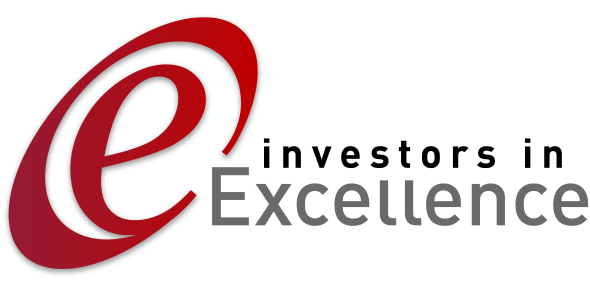 Thoughts and IiE reflections today from guest blogger Phil Morgan, Housing Sector expert:
Thoughts and IiE reflections today from guest blogger Phil Morgan, Housing Sector expert:
“One of my proudest achievements as a regulator was, with my colleagues, to move away from the prescriptive approach to regulation and inspection to a more open approach. This approach put the emphasis on landlords to ensure compliance with regulation, with a backbone of regulation. It was also built on a platform of consensus on what social housing was and the benefits it could bring.
Since that approach was adopted in 2010, that housing consensus has changed sharply. Government initiatives, accelerated since 2015, have resulted in a new raft of changes: Universal Credit, Pay to Stay, extended Right to Buy, Benefit Caps, Rent -1%, Local Housing Allowance, Supporting People and the way in which new build is funded.
This, in turn, has led to some profound challenges for social landlords. There is less income, so can social housing really do more with less? In response many landlords will be at least considering future mergers, partnerships and structures. As landlords seek to fulfill their purpose through diversification and complex funding arrangements, they will encounter more risk (incidentally doing nothing will also incur risk).
Regulation too is changing to reflect those challenges. Consents, including for mergers, are being stripped back and further responsibility is being placed with landlords through the annual check of compliance, due to start imminently. As Julian Ashby, Chair of the Regulatory Committee puts it, “even more so than before the burden of proof of compliance with the standards rests with registered providers”.
This means landlords (and remember that it is Boards who are responsible for compliance) will need to have a wide range of sources for assurance. Yet, important as regulatory compliance is, it cannot be the sole or even main driver for assurance about social landlords being well run. Instead the driver should be the cultural commitment that landlords are well run and deliver good services at value for money. That commitment, backed up by transparency about how it would be fulfilled, is central to landlord’s accountability to all its stakeholders – tenants, staff, funders, regulator and wider communities. External validation, such as Investors in Excellence, allows a robust test of that commitment and allows landlords opportunities to improve their business and demonstrate assurance to stakeholders.”
